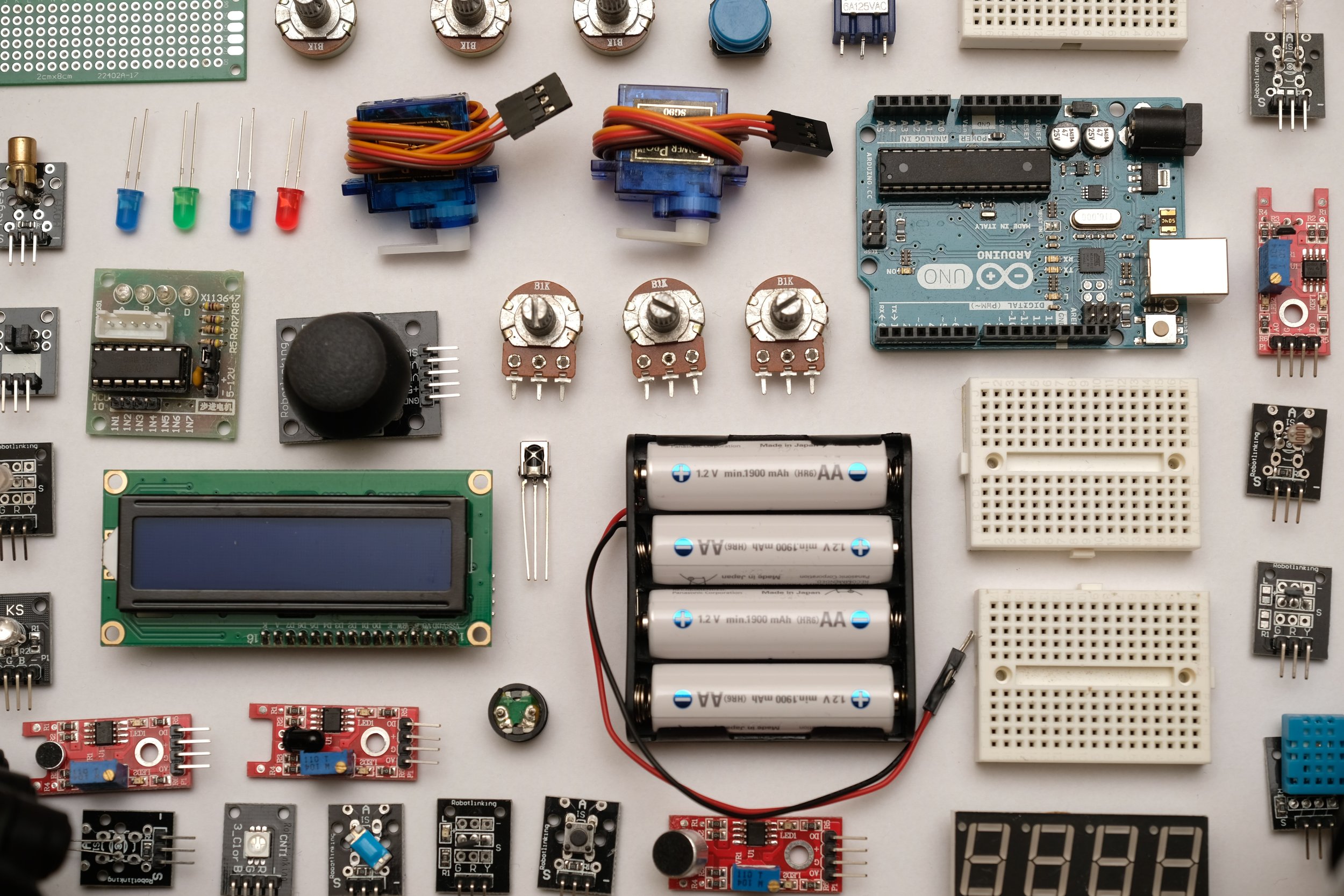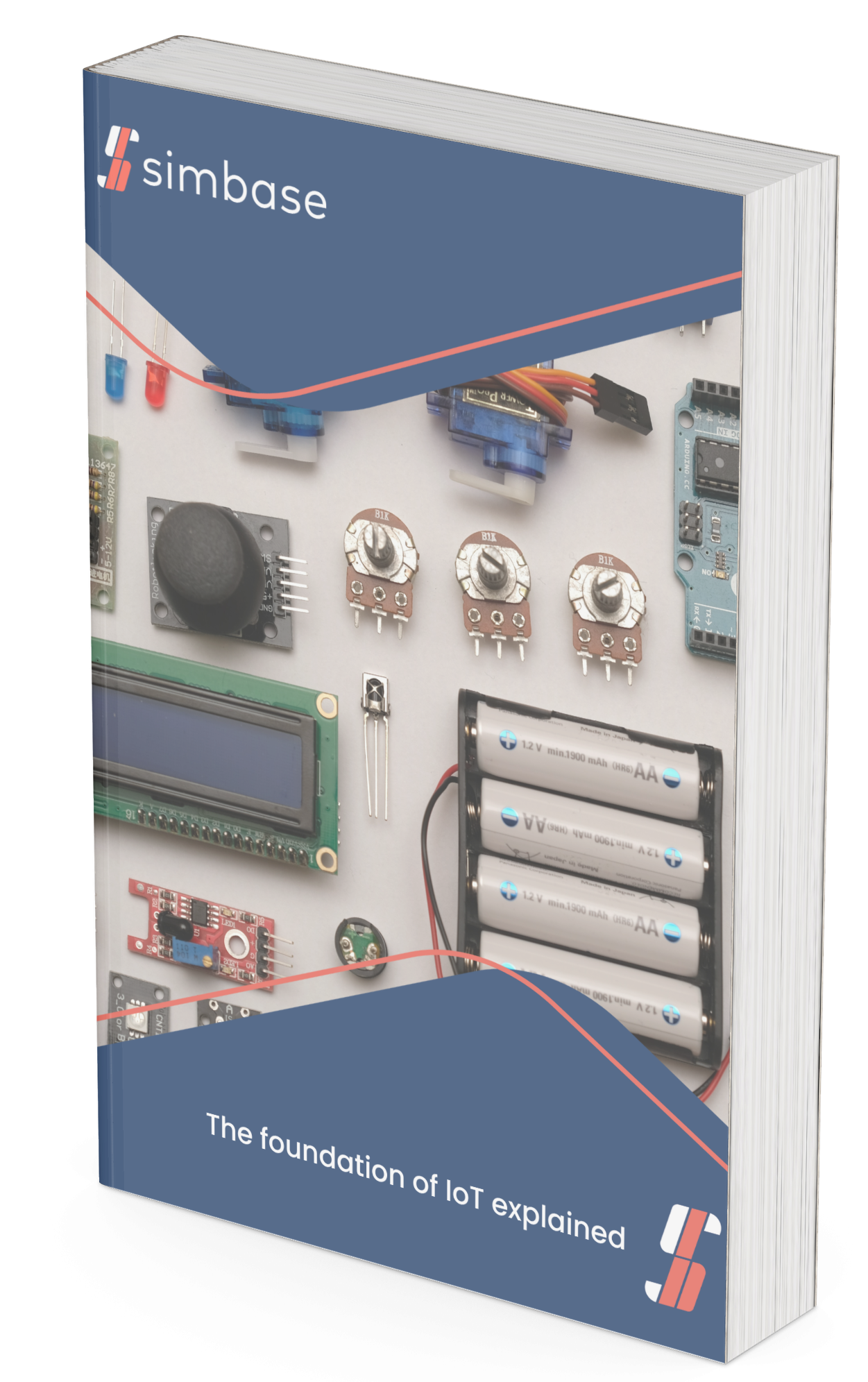
The foundation of the Internet of Things explained
There's a lot of buzz around the Internet of Things or IoT. In this article, you'll learn all about the foundations of this game changing technology.
Learning Objectives
After reading this article you’ll understand:
How to define ‘Internet of Things’
The 3 pillars in any IoT solution
The crucial success factors in IoT
Few terms have created as much buzz, intrigue, and sometimes even confusion as ‘Internet of Things’ or IoT. Tantalizing visions of smart cities, interconnected homes, and devices that talk to each other seem straight out of a sci-fi novel, yet they're rapidly becoming our reality.
But amidst all the headlines and hype, do we truly grasp the foundational principles that make IoT tick? What's beneath the surface of this groundbreaking tech wave? If you've found yourself nodding along in conversations about IoT without fully understanding its essence, you're not alone. Dive into this article as we demystify the core of IoT—unveiling what it actually is, how it works, and why it promises to redefine our relationship with technology.
Defining Internet of Things
Have you ever paused and pondered over the term 'Internet of Things'? It sounds almost mystical, doesn’t it? We're all familiar with the vastness of the internet. Pair that with the ambiguous term 'things', and it can all feel a bit vague. But when we break it down, IoT is simply about connecting physical objects to digital infrastructure.
An IoT device is a piece of hardware that can transfer data over a network. From this point of view it's not that different from your smartphone. Devices such as sensors, actuators and routers transmit data and perform actions. These appliances are the ones that make these objects "talk" and "act" in our futuristic and interconnected world.
When we talk about an IoT solution, there are 3 crucial components:
Hardware - This is the tangible bit, the actual device, sensing and collecting information from the environment.
Connectivity - The bridge or messenger. It's the channel that ensures the device's observations and data make their way safely to a specific destination.
Software - It's where all the data lands, gets processed, and meaningful actions are decided upon. It turns raw data into insights or actions we can understand and use.
In essence, for our "smart" world to function smoothly, all these three components need to harmoniously work together.
Internet of Things - Hardware
Hardware is at the heart of your IoT solution. With a plethora of devices available, it's easy to feel like a kid in a candy store. Yet, it's essential to resist the urge to impulsively grab the shiniest object.
Hardware selection is crucial for IoT success
Investing time in the selection process is paramount, as it will save you a lot of time later on. They're not your desktop computers that can be swiftly replaced at the first sign of a hiccup. These devices need to be resilient and reliable. We've observed that superior quality devices not only last longer, but also streamline the development phase. The right hardware choice can be the difference between a smooth sail and a tumultuous journey in your IoT endeavours.
Choose quality over quantity
However, don't be mistaken into thinking that the most feature-rich device is always the best fit. Consider the specific role and environment your device will operate in. For instance, a device designed to monitor the temperature of a cozy meeting room has a vastly different job description than one tasked to brave the elements on a windswept farm. Tailor your hardware choices not by the sheer number of functionalities they boast, but by their relevance to the task at hand. It's about striking the right balance, ensuring the device meets the challenges of its designated role without overcomplicating matters.
2. Internet of Things - Connectivity
When defining IoT, we established the need to transfer data over a network. Let’s dive a bit deeper into these networks. Whether it's the ubiquitous Wi-Fi, the handy Bluetooth, or the vast expanse of cellular networks, each has its own set of strengths. Speaking of cellular networks, if you've ever wondered about the magic behind 2G to 5G technologies, here's an insightful read on how mobile networks work.
But remember, it's not just about the type of network; it's also about its reach. Without good coverage, even the most sophisticated IoT device is rendered mute. Is your aim to deploy your devices globally? Then partner with a connectivity provider that guarantees broad and dependable coverage at affordable rates. Every pulse of data matters, and choosing the right network can make or break your IoT aspirations.
3. Internet of Things - Software
IoT software is the part of your solution that makes sense of all the data that was collected by the devices and sent via the network. When designing your application, ensure your software is adept enough to process the deluge of data they'll send. Not just now as you’re setting things up, but mainly in the future when you’ve deployed devices at scale.
Remember though that more isn’t always merrier. Does your application truly need to show information in real-time, or would periodic intervals suffice? Opting for the latter can ease the development process, improve the device’s battery life and offer a smoother route to deployment in general.
Furthermore, don't shoulder the entire burden of software development on your own. Tech giants like Amazon (AWS) and Microsoft (Azure) have been at the forefront of cloud innovation. They've carved out a repertoire of functionalities that can potentially cut down on significant manual labor. Instead of reinventing the wheel, explore their offerings. It might just be the leg-up your project needs, ensuring your software isn't just smart, but also scalable and efficient.
Laying the right foundation for your IoT solution: final thoughts
Many hurdles spring up where our three pillars—hardware, connectivity, and software—converge. Is the device failing to relay data, or is the network dropping the ball? Perhaps a sneaky firewall on the software side is throwing a wrench in the works? The crux is often in these overlaps, requiring meticulous scrutiny.
And then there's the security aspect—a cornerstone that must be embedded, not appended. Security isn't an afterthought; it's a fundamental design principle. Whether it's in the resilient fortifications of hardware or the stringent protocols of software, safeguarding your IoT solution isn't a 'nice-to-have'; it's an imperative.
While we've delved into the foundation of the Internet of Things, a pivotal component still beckons our attention: Purpose. Before you immerse yourself in crafting an IoT masterpiece, pause and reflect on the 'why' behind it. Just because we can connect everything to the internet doesn't mean we should. It's easy to be swayed by the allure of tech gimmicks—consumers, especially the early adopters, often find them irresistible. But businesses? Relevance should be the guiding light, not mere novelty.

